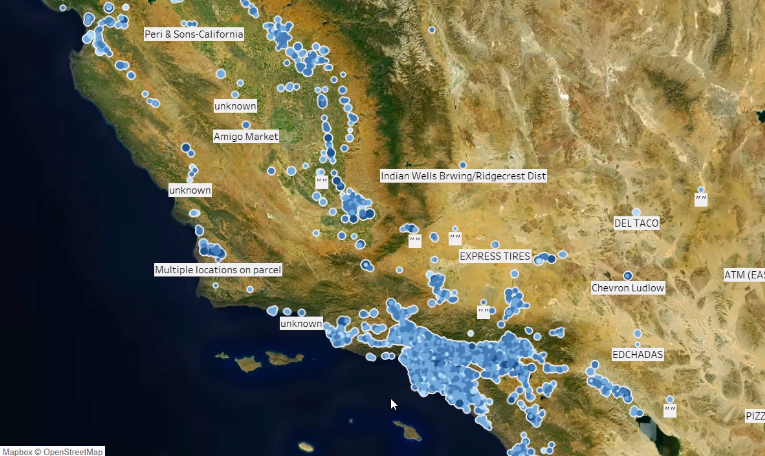Most supply chain managers have limited visibility into which of their first-tier suppliers have risks and exposures arising from second and third-tier suppliers. Essentially, they do not know who supplies their Tier 1 suppliers.
Location analytics can identify unknown hidden participants or nodes in supply chains, thus helping to minimize and better control the risks of disruption.
Having transparency and visibility into the end-to-end supply chain is a critical step in ensuring continuity of supply. But as the tiers expand visibility and influence decrease.
Lack of visibility into supply chains can translate into vulnerability. Being unaware of that depth leaves organizations exposed to disruptions that can lead to a significant loss. But gaining a deep understanding of your supply chain is now less difficult than it seems, thanks to new Big Data and supply chain management techniques.
You might be interested in: “Case Study: Discovering tiers & relations in the Foodservice Supply Chain“
Traditional supply network data is often fragmented and therefore less reliable, due to the existence of the almost invisible relationships involved in logistics processes. Even if logistic leaders manage to drill down and create an accurate map of the supply chain, diligently collected data becomes obsolete very quickly.
According to an article by dun&bradsreet “…70% of organizations polled indicated that they had suffered some sort of supply chain disruption. Within that same group, 2% of those polled revealed that they had taken a hit of over $50 million from these disruptions.”
How to identify hidden tiers in the supply chain with advanced analytics?
Logistic leaders can use advanced location analytics techniques and spatial data for mapping N-tier supply relationships and developing a risk transfer solution plan for any issues, even for the most complex scenarios, maintaining a tiered contact list of critical supplier sources allows managers to be proactive in finding the source of any disruptions, anticipate missed shipments and prepare with an added time advantage.
- Identifies hidden risks: This allows to find all N-tier suppliers that may reside in a high-risk geographic region.
- Improves visibility: By understanding the profound impact that N-tier outages can have on your organization and its financial health.
- Determines top priority: Reduce costs by attacking the critical issues seen at all levels of the chain.
- Find relationships between suppliers with advanced mobility techniques: Allows monitoring of distribution routes, down to the least visible relationships between suppliers.
- To know the distribution route of the competition: It generates a visualization that indicates which and how many are the establishments where a commercial relationship is found, to observe the route of the transporters, as well as to estimate an average of observations seen in the facilities, making it possible to understand the role of the supply chains, and thus generate a competitive advantage that separates it from its competitors.

To identify hidden tiers within the chain with location analytics and have a successful multi-tier supplier relationship, supply chain managers must:
- Map the company’s supply chain to identify critical links at tier 2, and beyond.
- Establish formal and informal relationships at all levels.
- Create two-way communication.
Also Read: “How to increase visibility in multi-tier supply chains?“
Identifying all areas of risk in a supply chain is nearly impossible and suppliers may be unwilling to share information that puts a relationship at risk.
At PREDIK Data-Driven we help logistics leaders improve the visibility of their supply chain and identify hidden elements, breaking down all levels of the chain using Big Data and location analytics techniques.


